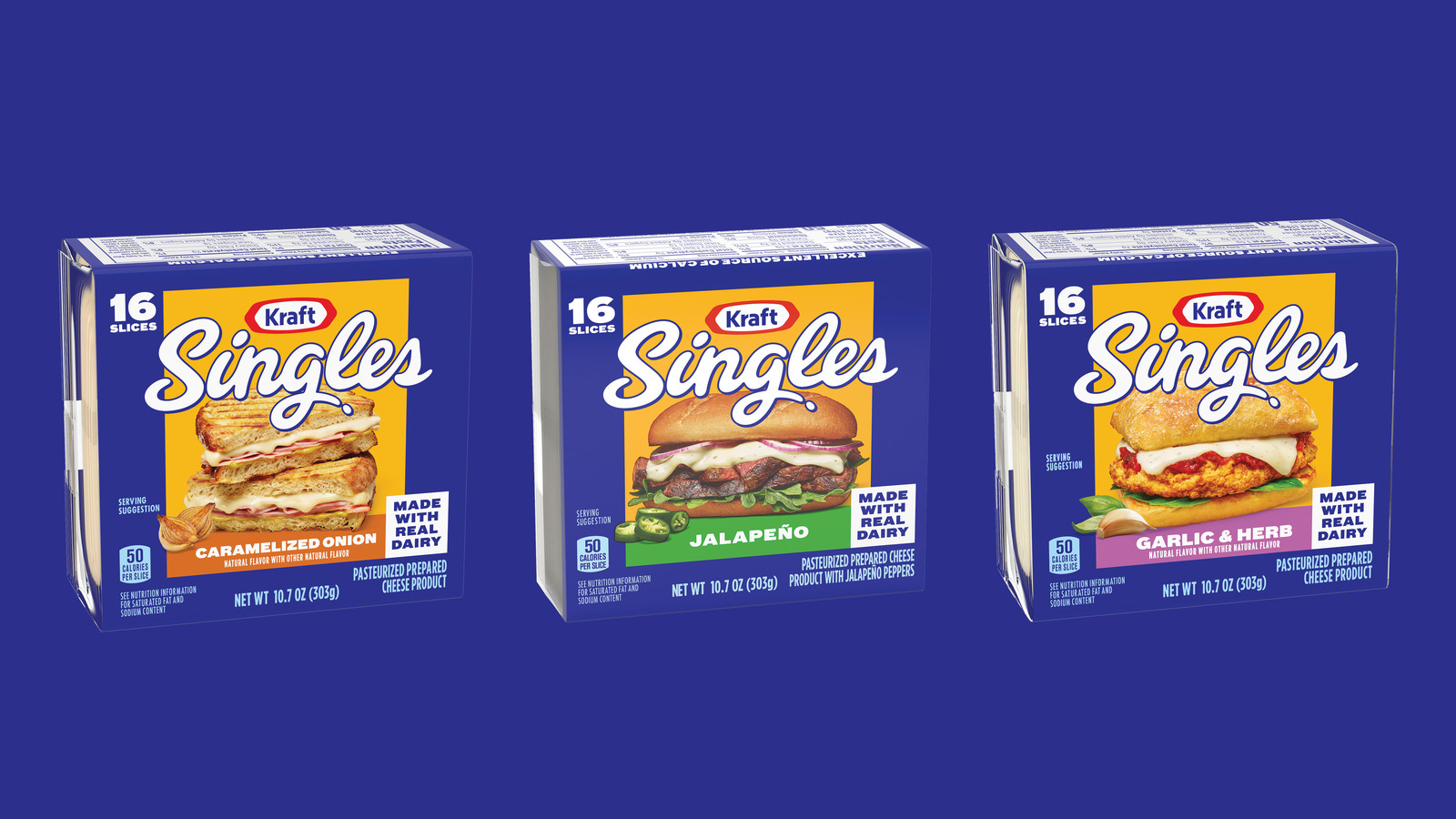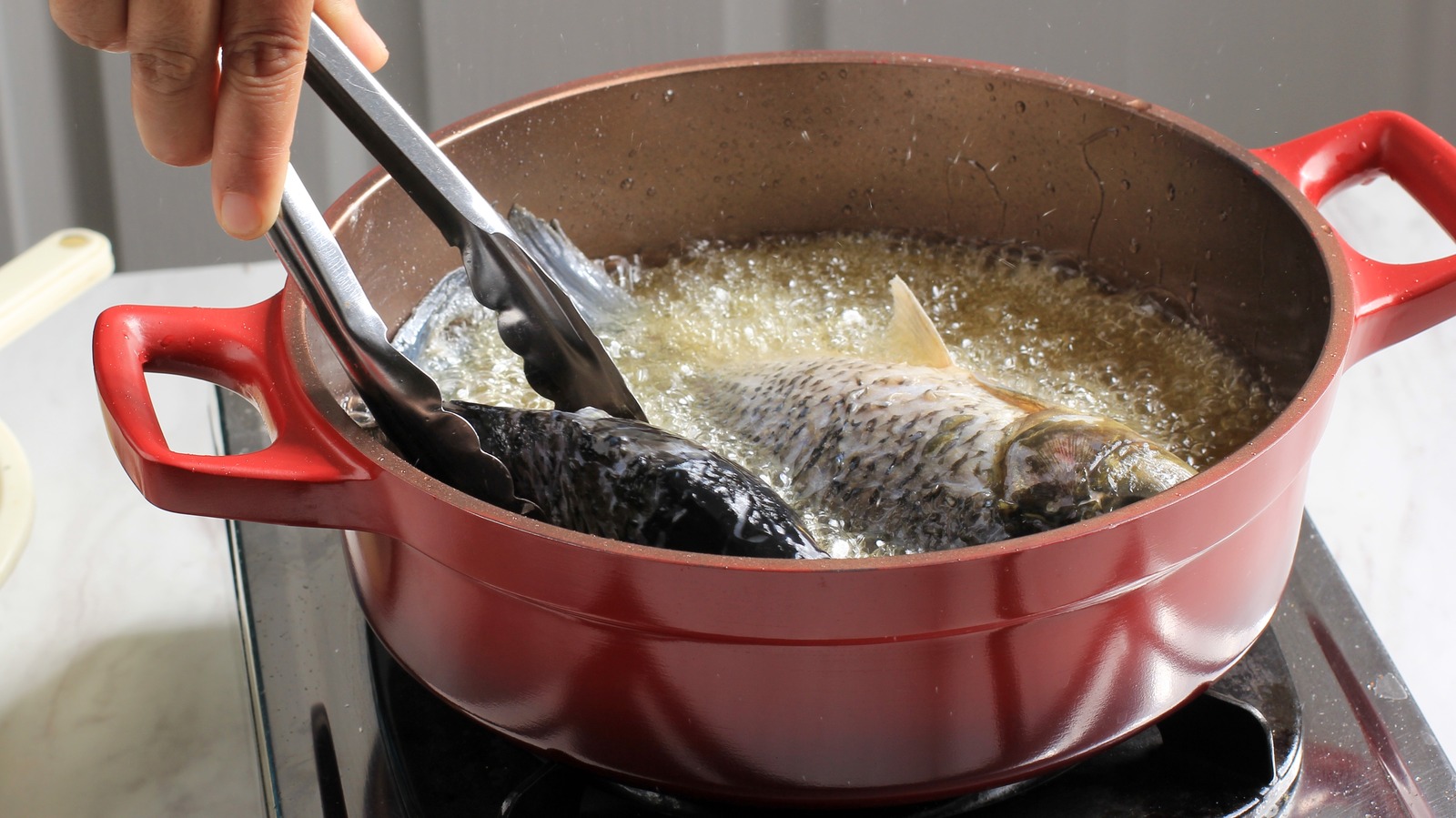Lose your bottle: wines to take for picnics
M&S Coteaux Varois en Provence, France 2022 (£17.50, 1.5l, Marks & Spencer) Regardless of its contents, the glass wine bottle as an object can be a very beautiful thing, and when it comes to seeing a wine go through years or even decades of slow maturation, it's still unbeatable. But it's not always the most convenient tool. One problem is the weight. Even though many growers (if not, sadly, all) have belatedly realized that it doesn't make sense to use the heaviest glass available and are ditching the 800g+ behemoths, there are times when even a container 300g 75cl lightweight glass adds a little too much to a picnic basket or backpack. A bit too dangerous, too, if you're even a fraction as clumsy as I am. I am therefore pleased, especially as we enter the official picnic season, that the quality of wine sold in what the industry describes as "alternative packaging" continues to improve, meaning that a Eminently shareable rosé from Provence, classically sweet and creamy as M&S's is, in sachet form, now much easier and safer to carry, although a little less beautiful to look at.
Les Dauphins Côtes du Rhône Grenache Syrah, France NV (£3.49, 25cl, Waitrose) For the past two years, Waitrose has shared the precise weight of all its packaging when presenting its range of wines, beers and spirits at half-yearly tastings that it organizes for the press. The differences are telling: the (empty) 2.25-litre bag-in-box packaging of the aptly named Vibrant & Grassy Chilean White Wine 2022 (£14.95) weighs 150g; if the same quantity of wine were bottled in the lightest bottles on display (3 x 300g), the packaging would be six times heavier. Even more striking, the packaging of a 25 cl can of Les Dauphins Côtes du Rhône with spicy brambles is 15 g, while the 75 cl bottle used for the same producer is richer and bolder (but this n not the issue here) Costières de Nîmes 2022 (£8.49, Waitrose) is 395g. All of these weight concerns go far beyond consumer convenience. Transporting heavy bottles contributes enormously and (in almost all cases) unnecessarily to increasing the carbon footprint of wine. Shedding a few pounds is essential if the wine industry's constant references to sustainability go beyond greenwashing.
Croft Pink & Tonic, Portugal NV (£2.50, 25cl, Booths; Amazon; oxfordwine.co.uk) An intriguing fallout from the wine world's new acceptance of alternative packaging has been to usher in a rather looser and less product-friendly approach to what has always been a rather conservative business with an allergic reaction to change and new ideas. It wasn't until very recently that the mere idea of canning wine was out of the question - I still remember the kerfuffle among prosecco producers when an Austrian company launched Rich Prosecco in a can in the mid-2000s. That this was a form of sacrilege that would do incalculable damage to the image of prosecco as a quality wine has been widely accepted, although looking back I can see that at least part of the fuss had to do with a certain snobbery over Paris Hilton's prominent presence in marketing the brand. These days, even venerable institutions, such as the Fladgate Partnership, the family business behind distinguished ports Taylor's, Fonseca and Croft, use cans for produce - like their version of an Aperol spritz, the bittersweet, the tangy pink grapefruit blend of pink port and tonic, Croft Pink & Tonic - which just a few years ago would have been inconceivable from such a mainstream producer.
Follow David Williams on Twitter @Daveydaibach

M&S Coteaux Varois en Provence, France 2022 (£17.50, 1.5l, Marks & Spencer) Regardless of its contents, the glass wine bottle as an object can be a very beautiful thing, and when it comes to seeing a wine go through years or even decades of slow maturation, it's still unbeatable. But it's not always the most convenient tool. One problem is the weight. Even though many growers (if not, sadly, all) have belatedly realized that it doesn't make sense to use the heaviest glass available and are ditching the 800g+ behemoths, there are times when even a container 300g 75cl lightweight glass adds a little too much to a picnic basket or backpack. A bit too dangerous, too, if you're even a fraction as clumsy as I am. I am therefore pleased, especially as we enter the official picnic season, that the quality of wine sold in what the industry describes as "alternative packaging" continues to improve, meaning that a Eminently shareable rosé from Provence, classically sweet and creamy as M&S's is, in sachet form, now much easier and safer to carry, although a little less beautiful to look at.
Les Dauphins Côtes du Rhône Grenache Syrah, France NV (£3.49, 25cl, Waitrose) For the past two years, Waitrose has shared the precise weight of all its packaging when presenting its range of wines, beers and spirits at half-yearly tastings that it organizes for the press. The differences are telling: the (empty) 2.25-litre bag-in-box packaging of the aptly named Vibrant & Grassy Chilean White Wine 2022 (£14.95) weighs 150g; if the same quantity of wine were bottled in the lightest bottles on display (3 x 300g), the packaging would be six times heavier. Even more striking, the packaging of a 25 cl can of Les Dauphins Côtes du Rhône with spicy brambles is 15 g, while the 75 cl bottle used for the same producer is richer and bolder (but this n not the issue here) Costières de Nîmes 2022 (£8.49, Waitrose) is 395g. All of these weight concerns go far beyond consumer convenience. Transporting heavy bottles contributes enormously and (in almost all cases) unnecessarily to increasing the carbon footprint of wine. Shedding a few pounds is essential if the wine industry's constant references to sustainability go beyond greenwashing.
Croft Pink & Tonic, Portugal NV (£2.50, 25cl, Booths; Amazon; oxfordwine.co.uk) An intriguing fallout from the wine world's new acceptance of alternative packaging has been to usher in a rather looser and less product-friendly approach to what has always been a rather conservative business with an allergic reaction to change and new ideas. It wasn't until very recently that the mere idea of canning wine was out of the question - I still remember the kerfuffle among prosecco producers when an Austrian company launched Rich Prosecco in a can in the mid-2000s. That this was a form of sacrilege that would do incalculable damage to the image of prosecco as a quality wine has been widely accepted, although looking back I can see that at least part of the fuss had to do with a certain snobbery over Paris Hilton's prominent presence in marketing the brand. These days, even venerable institutions, such as the Fladgate Partnership, the family business behind distinguished ports Taylor's, Fonseca and Croft, use cans for produce - like their version of an Aperol spritz, the bittersweet, the tangy pink grapefruit blend of pink port and tonic, Croft Pink & Tonic - which just a few years ago would have been inconceivable from such a mainstream producer.
Follow David Williams on Twitter @Daveydaibach
What's Your Reaction?






















